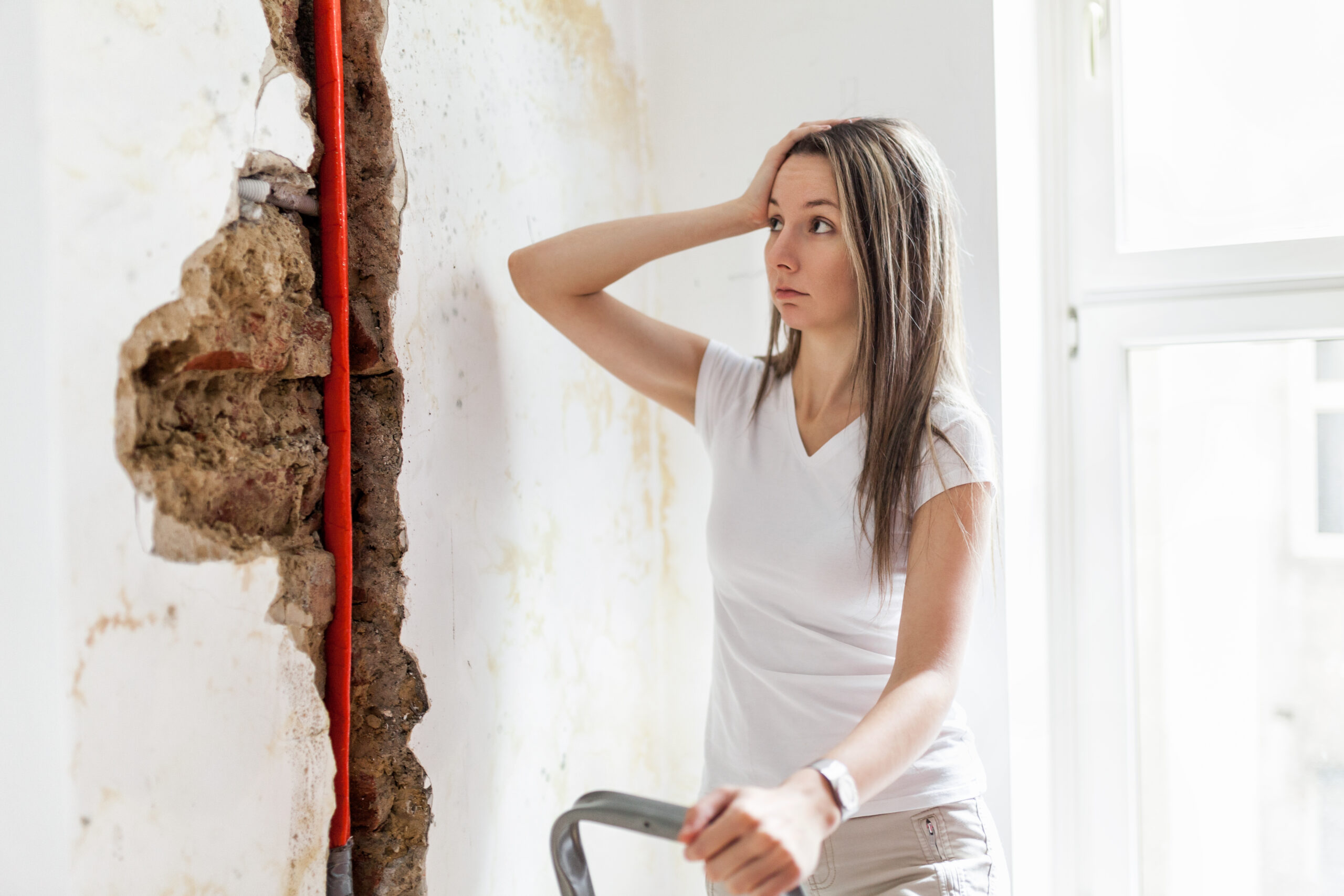
Post-Storm Pest Control Tips
Storms not only displace pests from their natural habitats but can also create refuge in downed trees, debris, and your home. What should you do about pests after a storm?
1. Drain Standing Water
One of the most critical steps after a storm is to drain any standing water around your property. Stagnant water is a breeding ground for mosquitoes, which can quickly become a nuisance and a health hazard. Check common areas where water may collect, such as gutters, birdbaths, flower pots, and any low-lying areas in your yard. Using a pump or siphon can help remove large amounts of water efficiently. Ensuring proper drainage not only reduces the risk of mosquitoes but also prevents other pests like ants and rodents, which are attracted to moisture.
2. Get Rid of Tainted Food and Debris
Storms often lead to power outages, which can spoil food in your refrigerator and pantry. Dispose of any tainted food immediately to avoid attracting pests such as flies, roaches, mice, and rats. Additionally, clear away any debris that the storm may have brought onto your property. Fallen branches, leaves, and other organic matter can harbor insects and provide shelter for pests. Regularly cleaning up debris helps maintain a pest-free environment and restores the appearance of your property. It’s also important to remember that when you are disposing of tainted food or any other garbage that might attract pests, to make sure that you put it in a properly sealed container.
3. Identify and Assess Water Damage at Rotting Wood Areas
Water damage is a common issue following storms, especially in wooden structures. Rotting wood is highly attractive to pests like termites, carpenter ants, and wood-boring beetles. Inspect your property for any signs of water damage, paying close attention to wooden decks, fences, window frames, and siding. If you detect rotting wood, it’s crucial to address the issue promptly. Replace or repair damaged wood to prevent pests from establishing colonies and causing further structural damage.
4. Check for New Openings Caused by Structural Damage
Storms can cause structural damage to homes, creating new entry points for pests. Examine your property for any cracks, gaps, or holes in the foundation, walls, roof, and around windows and doors. Even small openings can provide access for pests like rodents, spiders, and insects. Seal any new openings with appropriate materials such as caulk, weather stripping, or hardware cloth. Ensuring your home is well-sealed helps keep pests out and maintains a secure environment for your family.
5. Perform Routine Maintenance to Reduce Future Infestations
Regular maintenance is key to preventing pest problems after a storm. Clear your gutters and downspouts to ensure proper water flow and reduce the risk of water damage. Trim overgrown vegetation around your home to eliminate hiding spots for pests. Inspect and repair any damaged screens on windows and doors. Regularly check and maintain your home’s exterior to identify and address potential pest entry points before they become a problem.
By following these post-storm pest control tips, residents in the Carolinas can protect their homes and families from unwanted pests. For professional pest control services and expert advice, contact Clark’s Pest Control. Our team is dedicated to providing effective solutions to keep your property pest-free year-round.
